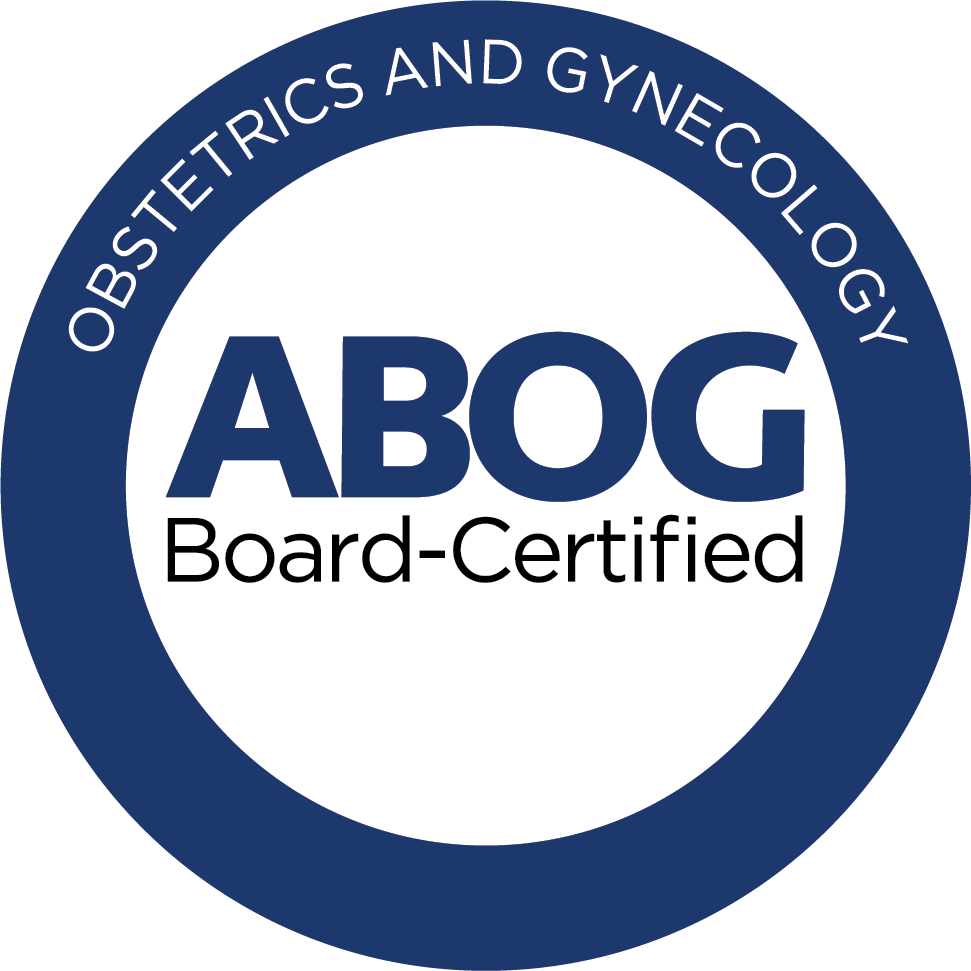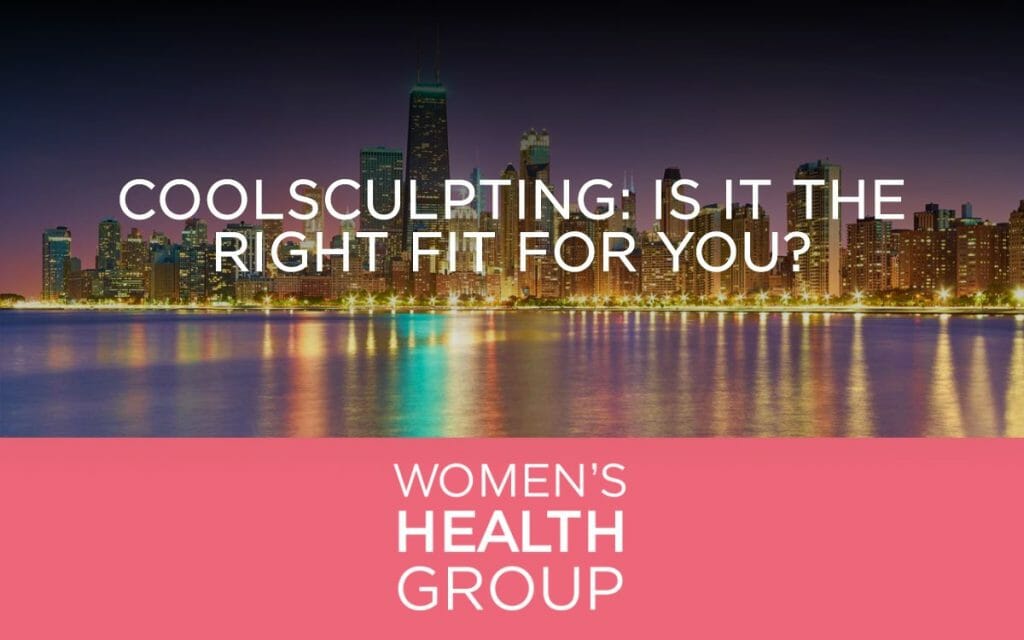Understanding Coolsculpting: Cutting-Edge Fat Reduction Technology
Since its inception, Coolsculpting has revolutionized the aesthetics industry with its innovative approach to fat reduction. Engaging advanced cryolipolysis technology, Coolsculpting selectively freezes and eliminates unwanted fat cells, offering an effective alternative to invasive fat reduction procedures. This technology paves the way for a non-surgical, FDA-approved method for contouring and sculpting your body.
For those seeking a solution for stubborn fat that seems resistant to diet and exercise, it’s reasonable to ask – is Coolsculpting the right fit for you?
The Coolsculpting Procedure: How Does It Work?
Coolsculpting works on the principle of cryolipolysis, which refers to the breakdown of fat cells upon exposure to cold temperatures. When applied to targeted areas, this procedure selectively reduces fat layers in a safe and controlled manner, without affecting the surrounding tissues.
It involves a Coolsculpting device using vacuum pressure to draw the fat bulge into an applicator, where cooling panels safely freeze and deactivate the fat cells. Over time, these frozen cells die, and the body naturally eliminates them, resulting in a visible reduction of the fat layer.
- Non-invasive and pain-free
- No anesthesia or downtime required
- Promising outcomes usually apparent within 1-3 months
- Safe for all skin types
For detailed insights into the Coolsculpting procedure, we recommend this informative article from Mayo Clinic.
Who Is the Ideal Candidate for Coolsculpting?
While Coolsculpting offers an innovative way to eliminate stubborn fat, it’s essential to note that it’s not a weight-loss treatment. The procedure is best suited for individuals close to their ideal body weight but struggling with localized fat deposits resistant to diet and exercise.
Coolsculpting is particularly effective on areas such as:
- Abdomen and flanks (love handles)
- Inner and outer thighs
- Upper arms
- Chin and neck (double chin)
However, certain health conditions may exclude some individuals from being suitable candidates for Coolsculpting. These include cryoglobulinemia, cold agglutinin disease, and paroxysmal cold hemoglobinuria. For more information on medical considerations, refer to this research from Women’s Health Group.
Comparing Coolsculpting with Traditional Fat Reduction Methods
In contrast to traditional fat reduction methods, Coolsculpting eliminates the need for incisions, anesthesia, and downtime. Unlike liposuction that physically removes fat cells from the body, Coolsculpting non-invasively freezes the fat cells until they break down and are naturally eliminated.
However, while Coolsculpting offers a safer, gentler approach than traditional procedures, it may require multiple sessions for optimal results.
The Advantages and Limitations of Coolsculpting
Just like any medical procedure, Coolsculpting comes with its distinct advantages and limitations. The prominent benefits include non-invasiveness, negligible recovery time, and enduring results. However, like all medical procedures, Coolsculpting has its limitations. Some people might feel mild discomfort during the procedure, and there may be a temporary redness, swelling, or bruising after the treatment.
Coolsculpting: A Path Towards Self-Confidence and Positive Body Image
In conclusion, Coolsculpting is a significant player in the aesthetics industry. Its minimally invasive nature and proven results make it an attractive option for many individuals aiming for a more toned, sculpted body. However, the decision to pursue Coolsculpting treatment should always be made in consultation with a qualified medical professional who understands your unique health profile and aesthetic goals.




